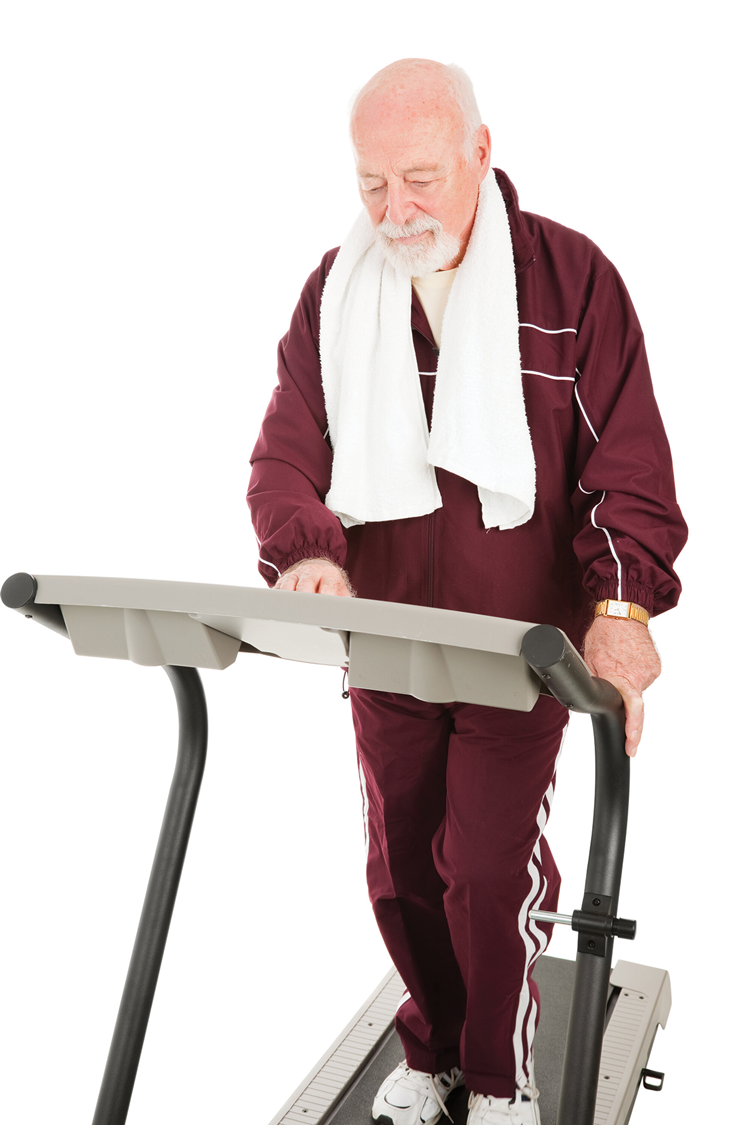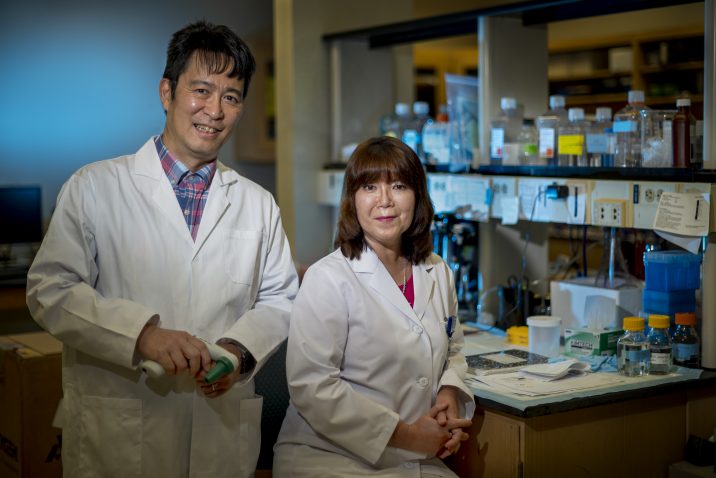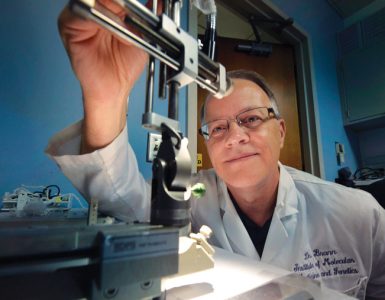One way exercise can counter the damage of diabetes is by enabling activation of a natural system we have to grow new blood vessels when existing ones are ravaged by this disease, scientists report.
Angiogenesis is the ability to form new blood vessels, and diabetes not only damages existing blood vessels, it hinders this innate ability to grow new ones in the face of disease and injury, say experts at MCG’s Vascular Biology Center.
Endothelial cells line our blood vessels and are essential to that new blood vessel growth.
Now the MCG scientists have the first evidence that in the face of diabetes, even one 45-minute session of moderate intensity exercise enables more exosomes, submicroscopic packages filled with biologically active cargo, to deliver directly to those cells more of the protein, ATP7A, which can set angiogenesis in motion, they report in The FASEB Journal.
Not unlike the most sophisticated and efficient delivery services we have all come to rely upon, particularly during the pandemic, what exosomes carry depends on where they come from and where they are headed, says Dr. Tohru Fukai, MCG vascular biologist and cardiologist.
While he and co-corresponding author MCG vascular biologist Dr. Masuko Ushio-Fukai are not yet certain of the origin of these helpful exosomes, it’s clear that one place they deliver is to endothelial cells, Fukai says.
certain of the origin of these helpful exosomes, it’s clear that one place they deliver is to endothelial cells, Fukai says.
In both an animal model of type 2 diabetes and a handful of healthy 50-something-year-olds, two weeks of volunteer running on a wheel for the mice and that one cardio session for the humans increased levels of ATP7A in the exosomes that attached to endothelial cells.
At that point, the activity did not significantly impact the weight of the mice, the scientists note, but it did also increase a marker of endothelial function and factors like, vascular endothelial growth factor, needed for angiogenesis.
Exercise also increased the amount of the powerful, natural antioxidant extracellular superoxide dismutase, or SOD3, but it’s the heavier payload of ATP7A, which is also known to deliver the essential mineral copper to cells, that is key to making good use of the SOD3 present, Ushio-Fukai says.
SOD3, is an important natural antioxidant produced by vascular smooth muscle cells in the walls of blood vessels as well as skeletal muscle cells, which helps us maintain healthy levels of reactive oxygen species, or ROS. ROS is a natural byproduct of our use of oxygen that is an important cell signal, enabling a variety of functions. But in diabetes, high blood sugar levels result in high ROS levels that instead hinder important normal functions.










